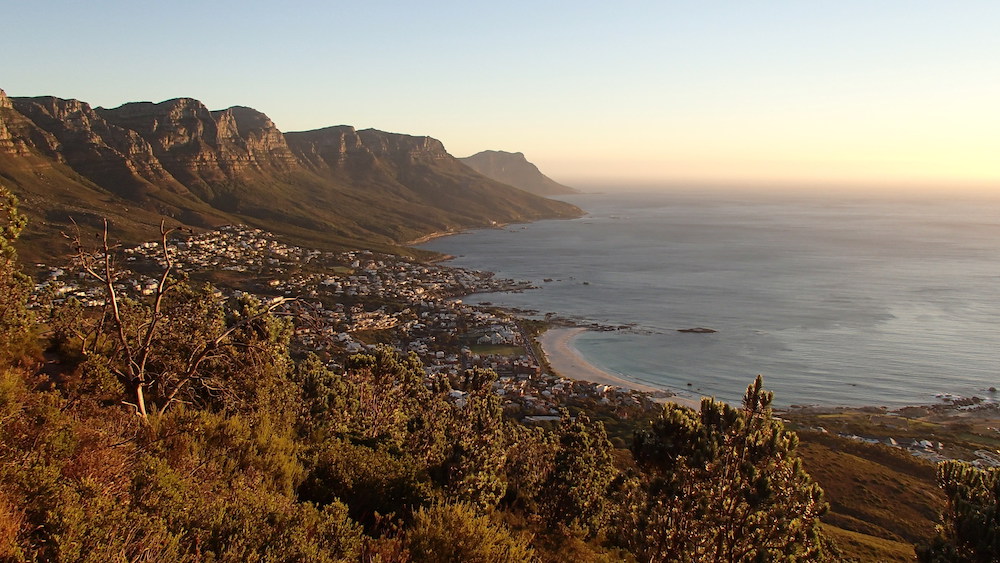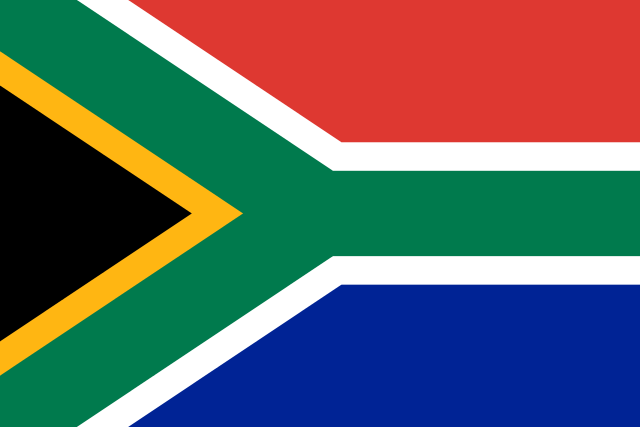Recently, I read an interview of Charlize Theron, where she revealed that at least once a day, she spoke Afrikaans in one way or another. Though Theron is perhaps South Africa’s most famous actress, I’d also go so far as to say that few people know that she’s South African–or even what Afrikaans is in the first place.
In a nutshell, Afrikaans is the main language most closely associated with South Africa’s Afrikaner minority, descended from the Voortrekkers, Dutch settlers who arrived in the area beginning around the mid-1600s. Much of Afrikaans’ structure comes from Dutch–though influences include Malay, English, French, and German, as well as a smattering of native South African languages, such as Khoekoe, San, and Xhosa.
Though Afrikaans had an undeniably polyglot, mixed heritage (the result of it developing in such an ethnically diverse area, of course), it was soon whitewashed. In the early twentieth century, Gustav Preller, a prominent literary critic and writer who was obsessed with the Voortrekkers, launched a campaign with two aims: to popularize Afrikaans, and second, to introduce it to mainstream use by launching print magazines, newspapers, and books.
Unfortunately, Afrikaans also has a dark history. The advent of apartheid (itself an Afrikaans word for the racial segregation of South Africa) led to, among other things, the declaration of Afrikaans as a standard language of instruction for all South African students–including those whose mother tongue was decidedly not Afrikaans. This was a direct cause of the Soweto uprising of 1976, when black South African students protested this unjust change–and were met with teargas.
Today, Afrikaans is inextricable from white South African identity, despite its long, multicultural past. Even now, amidst a supposedly post-racial South Africa (though one with more than its share of social problems), Afrikaans is most closely associated with Afrikaner rights groups--many of whom feel threatened by the new, post-apartheid government.
Yet all of this belies an important, if forgotten fact: Afrikaans was far more varied and interesting than its later history (specifically its associations with apartheid) would suggest. In one fascinating article at Quartz, Heim Willemse, a scholar at the University of Pretoria, outlines Afrikaan’s forgotten (or perhaps erased) past. Prior to serving as the language of government-sponsored oppression, Afrikaans was used by, of all people, the Cape Malay community, a large portion of whom were descended from enslaved freedom fighters transported to South Africa from Dutch colonies in Indonesia. In an intriguing turn of events, a koplesbook (head lesson book) from 1860 was unearthed: instead of using standard Arabic to write out Islamic prayers, however, the koplesbook used Afrikaans, rendering the language in Arabic script.
Yet this rich cultural heritage was diluted and erased by white nationalist Afrikaners, who quickly turned it into an artificial creation, closer to European languages than its true identity as a creole dialect. Even now, this re-imagining of Afrikaans is powerful: hybrid slang, slogans, and words have been minimized, if not deleted entirely, and black Afrikaans speakers are far, far fewer today than centuries ago.
Basically, even though Afrikaans’ origin could not be any less imperial (it came from the mixing of the various races), its groundbreaking past has been forgotten. And if the struggles over Afrikaans instruction at South African universities are any clue, this past is unlikely to resurface anytime soon.








